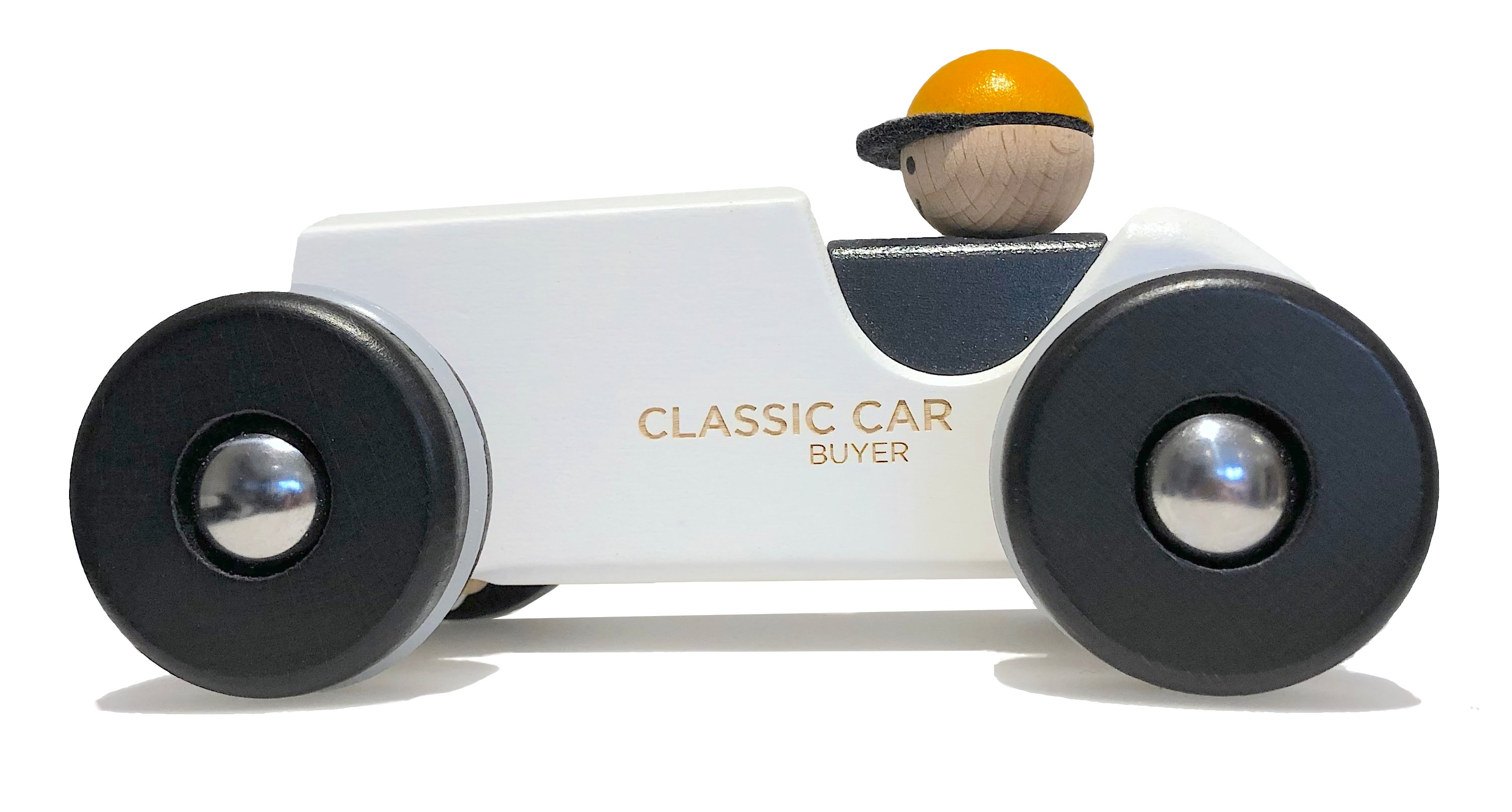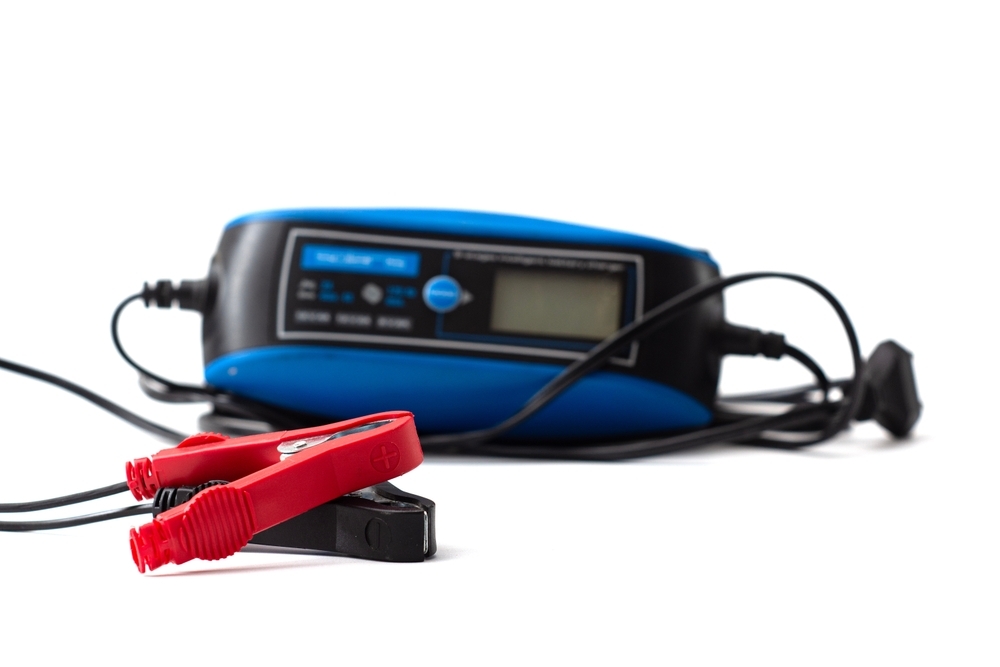As the colder months set in, many classic car owners will face a familiar dilemma, which is how to...
One of the most common issues that classic car owners face is a flat battery - especially if the vehicle isn’t driven regularly. That’s where a trickle charger comes in! This bit of kit is a simple yet highly effective tool for maintaining your car’s battery in good health over long periods of inactivity.
Here’s a detailed look at when and how to use one, to help keep your beloved classic running smoothly all year round...
What is a trickle charger?
A trickle charger (also known as a battery maintainer) is a low-amp battery charger designed to deliver an ongoing slow, steady charge to your car’s battery, to counteract the battery’s natural discharge over time. Unlike a standard battery charger, which recharges a flat battery quickly, a trickle charger maintains the battery’s charge slowly and prevents it from discharging completely. It’s usually designed to be left connected for long periods, as it won’t overcharge whilst maintaining a full charge (which otherwise could damage the battery).
This obviously makes this piece of kit perfect for classic cars that spend long periods of time in storage, or those that aren’t used during the winter months.
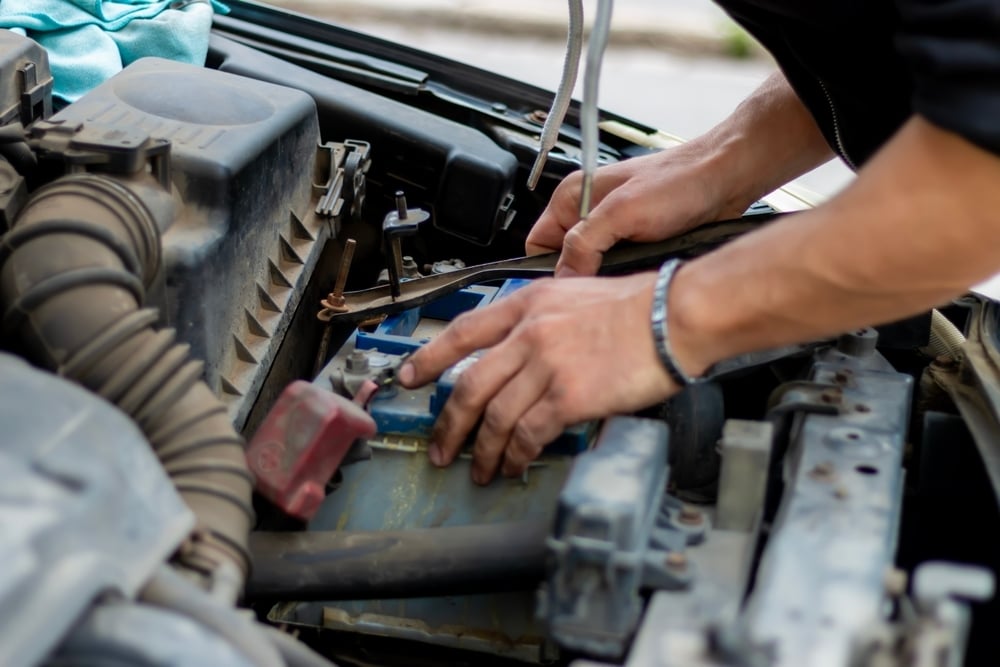
When should you use one?
You should use a trickle charger whenever your classic car isn’t being driven regularly - typically if it’s parked up for more than two weeks at a time. Some common situations include over winter, when your car is tucked away to avoid the cold weather; during restoration if the vehicle is off the road for repairs or upgrades, or during infrequent use, for example if you only drive your classic car on weekends or for special occasions.
Classic car batteries tend to lose charge faster than modern ones, partly due to their older electrical systems and longer idle periods. Leaving a battery flat for too long can lead to sulphation, a crystallisation process that damages the internal plates and reduces the battery’s capacity permanently. Using a trickle charger prevents this, thankfully.
It’s also good to use one so that, come spring or whenever you pull the cover off your car, you’re hopefully all set to go!
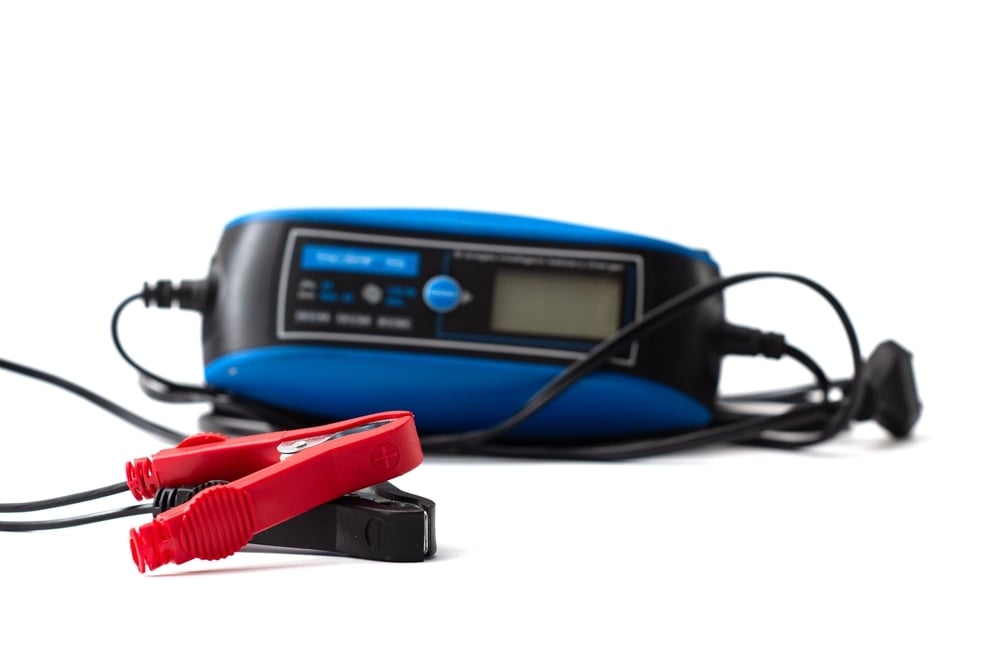
How to use a trickle charger
Using a trickle charger is straightforward, but it’s important to do it safely and correctly. You can follow these steps:
Choose the right charger
Not all trickle chargers are the same. Look for one that’s compatible with your battery type (often lead-acid or AGM for classics), and ideally is ‘smart', meaning it can sense when the battery is full and adjust its output automatically and in a steady manner. Also, check with the manufacturer that it is designed to be left on a battery indefinitely.
Prepare the car
Before connecting, switch off the ignition and remove the key, and ensure the car is parked in a dry, well-ventilated area. If you’re storing the car in a garage, make sure there’s enough airflow in the vicinity.
Connect the charger
Select the appropriate power settings for your battery (most use 12 volts). Ground the charger by attaching it to a metal part of the engine or chassis. Attach the positive (red) clip to the battery’s positive terminal first, and the negative (black) clip to the negative terminal.
Plug in and switch on!
Once connected, plug the charger into the mains. The charger will begin supplying a low, steady current to the battery. If you’re using a smart charger, it will automatically switch between charging and maintenance modes as needed.
Leave it connected
One of the main advantages of a trickle charger is that it can usually be left connected for days, weeks, or even months at a time without overcharging the battery, especially if it’s a smart model - just check what the manufacturer says.. A trickle charger can take up to 48 hours to charge a battery to full capacity as most only use one or two amps of power.
Check it periodically
Even though trickle chargers are designed to be safe for long-term use, it’s still good practice to check your setup occasionally, ensuring that all cables are secure and there are no signs of overheating or corrosion.
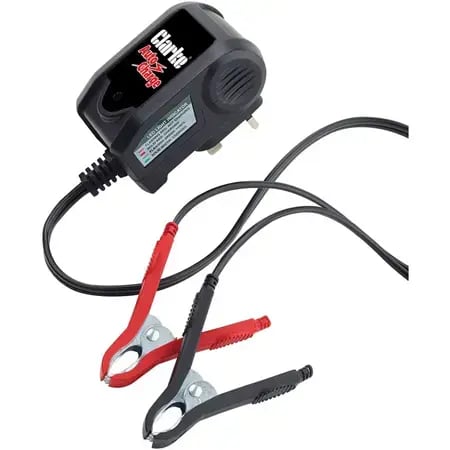
Our tips for best results!
Avoid overcharging…
Older chargers without an automatic shut-off can overcharge the battery. Using a smart charger prevents this.
Keep it clean
Dirt and corrosion on battery terminals can reduce the charging efficiency, so clean them before connecting the charger.
Store it safely
Ensure the charger is placed on a flat surface and away from any flammable materials.
Are there any downsides to using one?
The heat from charging can lead to off-gassing, which is the release of a flammable gas that’s unsafe to breathe, so you’ll need to charge your battery in a well-ventilated environment.
The other main consideration is the initial cost - a good-quality smart charger is more expensive than a basic model, so expect to pay in the region of £50-£100. However, the investment quickly pays for itself by extending your battery’s life and preventing the frustration of a dead car come spring…
Another factor is access - but if your classic car’s battery is awkward to reach, installing a quick-release connector can make life much easier!
A trickle charger is one of the simplest yet most valuable tools a classic car owner can own, to be fair. It ensures your battery stays healthy and hopefully reliable, and also ready to go whenever you want to take your pride and joy for a spin...


